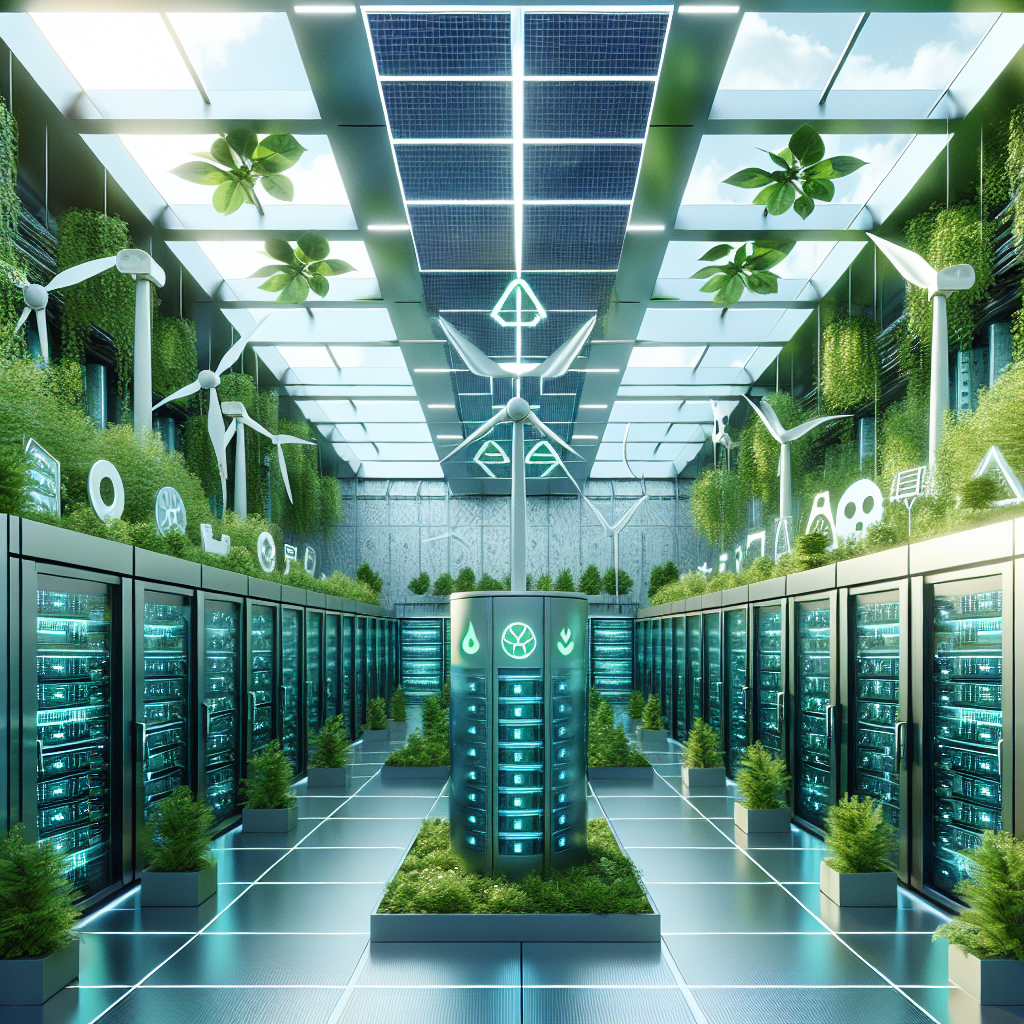Data centers play a crucial role in today’s digital world, serving as the backbone for storing and processing vast amounts of information. However, these facilities also consume a significant amount of energy, leading to concerns about their environmental impact. Building a greener data center is essential to reduce energy consumption, lower operational costs, and minimize carbon emissions. In this article, we will discuss strategies for enhancing energy efficiency in data centers.
1. Use Energy-Efficient Hardware: One of the most effective ways to improve energy efficiency in a data center is by using energy-efficient hardware. This includes servers, storage devices, and networking equipment that are designed to consume less power while maintaining high performance. Investing in energy-efficient hardware can significantly reduce energy consumption and operating costs in the long run.
2. Optimize Cooling Systems: Cooling accounts for a significant portion of energy consumption in data centers. By optimizing cooling systems, data center operators can reduce energy usage and improve efficiency. This can be achieved by implementing hot and cold aisle containment, using free cooling techniques, and upgrading to more efficient cooling equipment such as variable speed fans and chilled water systems.
3. Virtualization: Virtualization technology allows multiple virtual servers to run on a single physical server, leading to higher utilization rates and reduced energy consumption. By consolidating servers through virtualization, data centers can achieve significant energy savings and reduce the overall carbon footprint.
4. Implement Energy Management Systems: Energy management systems can help data center operators monitor and control energy consumption in real-time. These systems provide insights into energy usage patterns, identify areas for improvement, and optimize energy efficiency. By implementing energy management systems, data centers can make informed decisions to reduce energy waste and improve overall performance.
5. Renewable Energy Sources: Incorporating renewable energy sources such as solar, wind, or hydropower can help data centers reduce their reliance on fossil fuels and lower carbon emissions. By investing in renewable energy infrastructure, data centers can achieve sustainability goals and contribute to a cleaner, greener environment.
6. Data Center Design: The design of a data center plays a critical role in energy efficiency. By incorporating energy-efficient design principles such as efficient layout, proper insulation, and natural ventilation, data centers can minimize energy consumption and improve overall efficiency. Additionally, using energy-efficient lighting systems and implementing energy-saving practices can further enhance the sustainability of data center operations.
In conclusion, building a greener data center is essential for reducing energy consumption, lowering operational costs, and mitigating environmental impact. By implementing strategies such as using energy-efficient hardware, optimizing cooling systems, virtualization, implementing energy management systems, incorporating renewable energy sources, and designing energy-efficient data centers, operators can enhance energy efficiency and promote sustainability in data center operations. Embracing these strategies will not only benefit the environment but also lead to cost savings and improved performance in the long run.


Leave a Reply